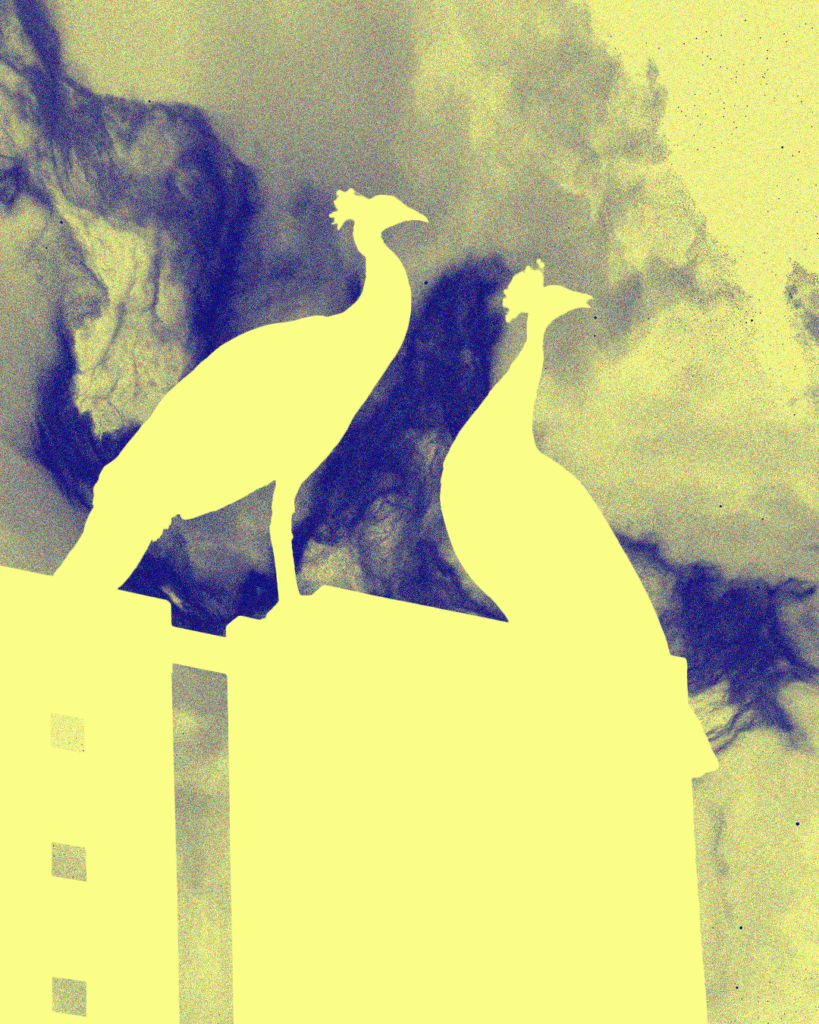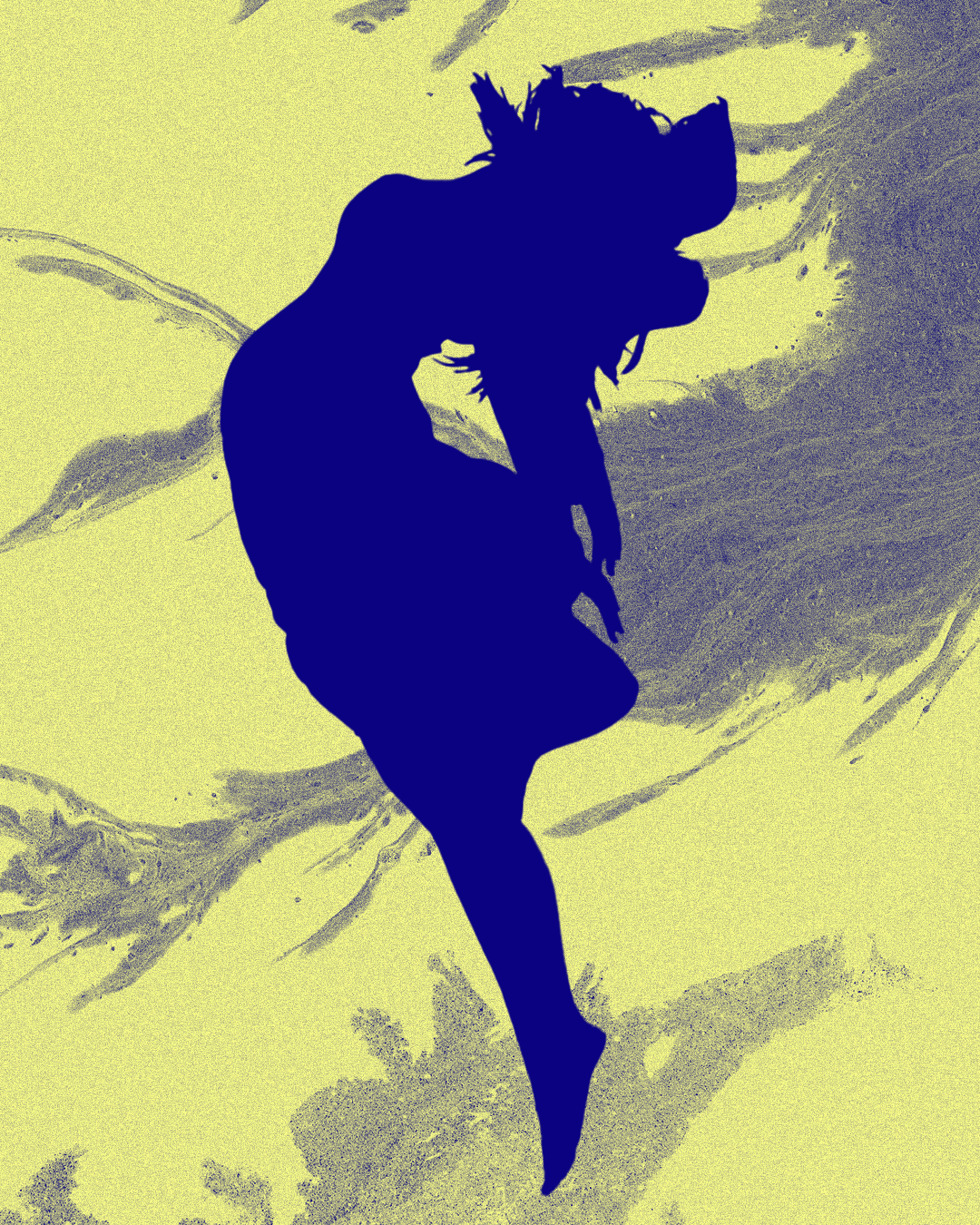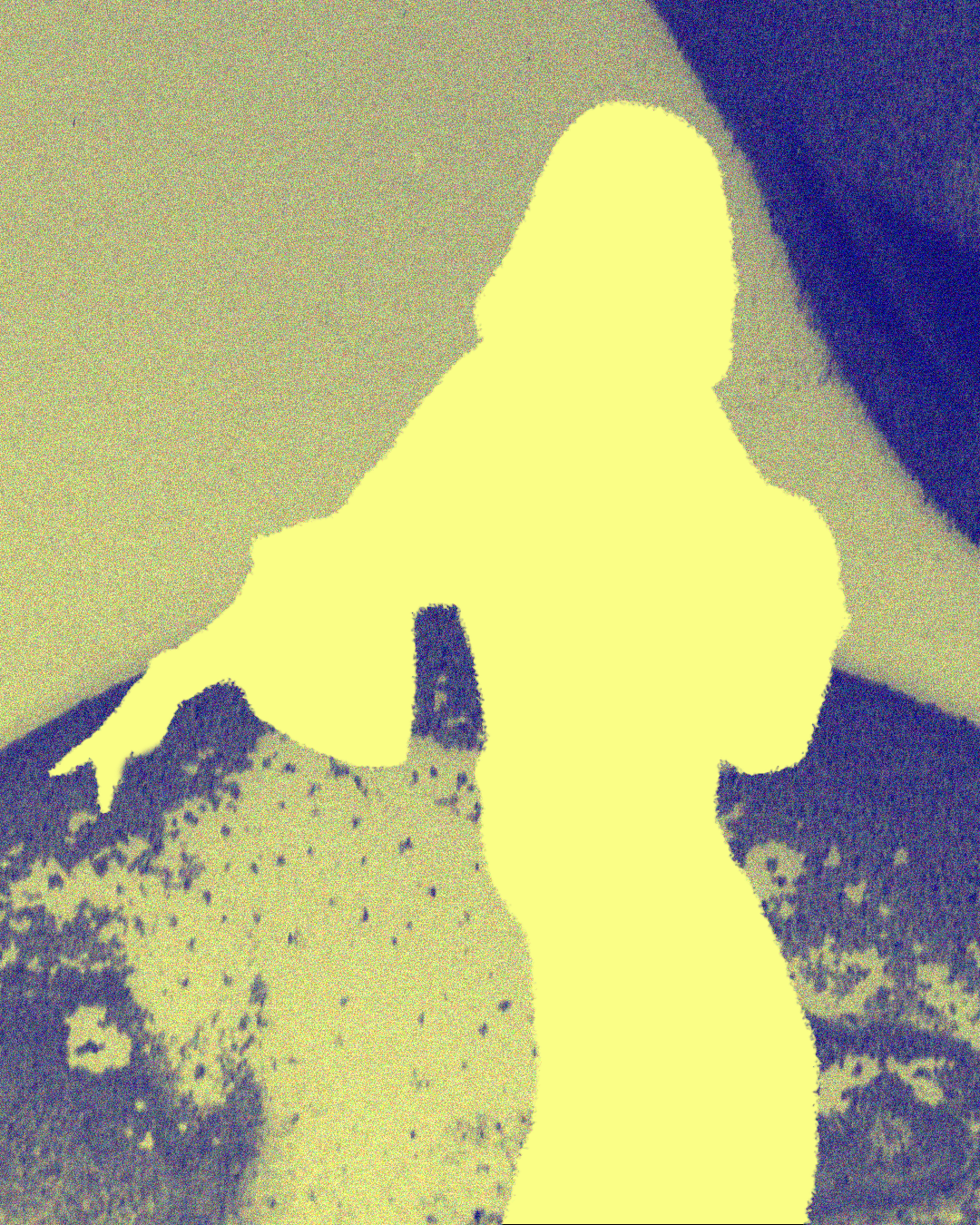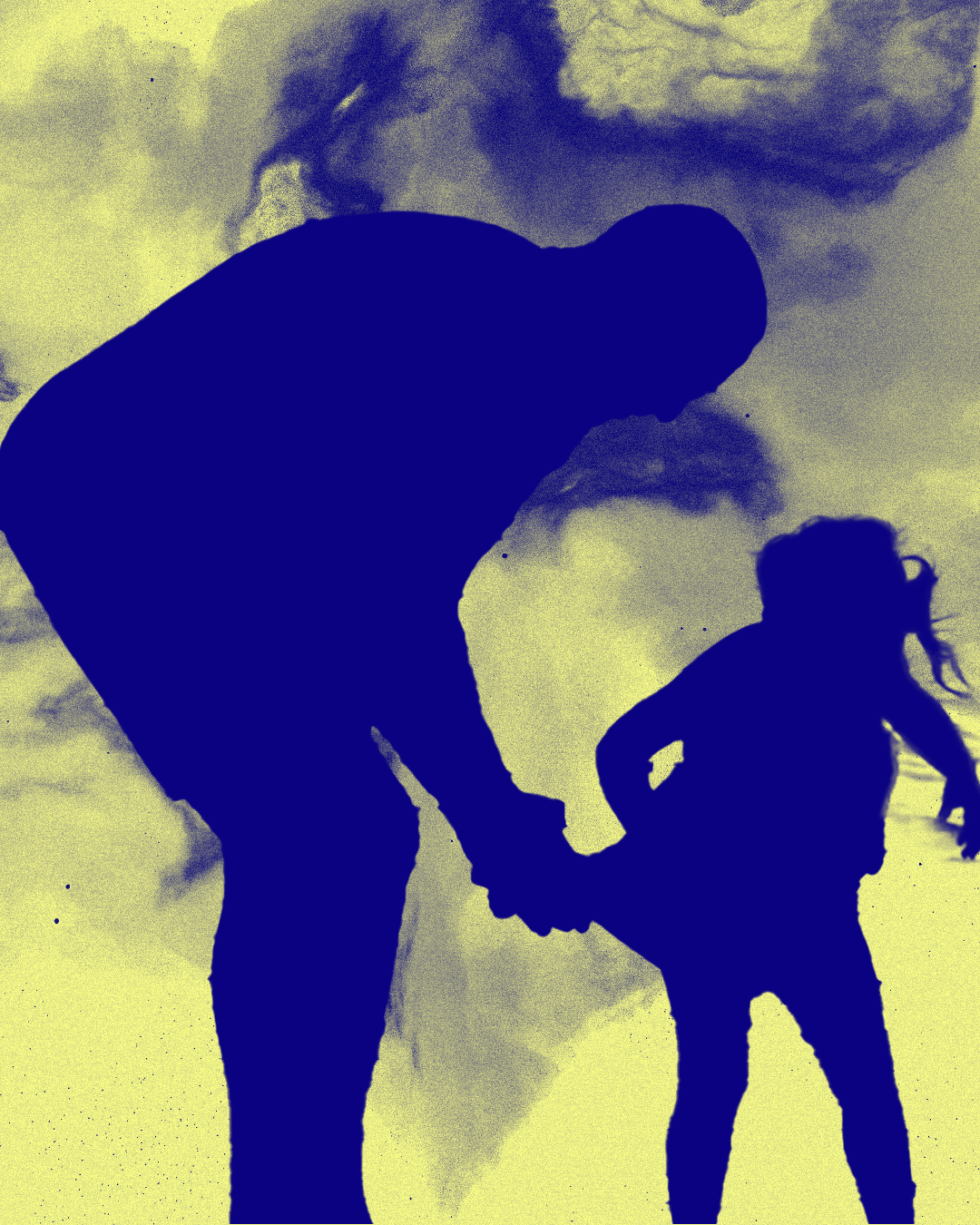In inner child therapy, we learn to become our own empathetic witness — now, as adults — no longer dependent on others for survival. From this empowered perspective, we can begin to acknowledge and understand the injustices we experienced. We can express our emotions without fear of punishment. We can create a safe internal space where old defenses, once necessary for survival, can begin to soften and fall away. These protective layers — ways of armoring ourselves — kept us alive, but now often block us from fully living.
Gabor Maté speaks about developing a new way of seeing ourselves. For me, cultivating self-compassion has been a crucial part of healing. But to access that compassion, I first had to uncover the truth behind the events that shaped my worldview — experiences that still lived within me, influencing my reactions and beliefs. I needed to understand the lens through which I was still seeing the world.
Maté also points out that forming this new self-view is incredibly challenging. It goes against a lifetime of conditioning. For many of us, it can feel unnatural to respond to our own tears with kindness. We may have grown up hearing phrases like, “Be a brave girl and stop crying,” or “Don’t make a scene,” or even threats like “I’ll give you something to cry about.”
But emotional invalidation wasn’t always verbal. Parents might have reacted with coldness, tension, or indifference. They may have shamed us, or simply gone silent. These subtle cues taught us that emotions were dangerous or shameful. Over time, we internalized beliefs like: “Feeling is weak,” or “My emotions are too much.”
To transform those inherited beliefs, we must first name them — and then question them. Is feeling truly weak? Or have I held onto that idea because it protected me from facing something deeply uncomfortable?
Challenging our belief systems is an empowering act of self-reclamation.
Inner child therapy supported me in retrieving the parts of myself I had silenced or hidden in order to be accepted. Healing from trauma is a delicate process. There’s a reason our minds and bodies so fiercely guard those buried emotions: they’re tied to raw, unhealed wounds.
When we open the door to our past, we encounter the pain of our younger selves. And because we were never taught to respond to that pain with compassion, we risk repeating old patterns — minimizing, dismissing, blaming ourselves — just as we were taught. After all, it often felt safer to believe we were the problem than to accept that the very people we depended on had harmed us. That truth can be more threatening than self-blame.
Traumatic memories don’t always appear clearly. Especially when we’ve normalized emotional or physical abuse, it can be difficult to identify. Emotional abuse is often subtle and harder to recognize, because our entire sense of identity was formed in that environment. We protected ourselves by idealizing our caregivers and blaming ourselves — it made our reality more bearable.
If your boundaries as a child weren’t respected, you may not even know what it looks like to have your boundaries honored — making it hard to pinpoint when they were violated. But make no mistake: emotional abuse can lead to deep trauma and lasting effects.
Gabor Maté writes about two types of memory: explicit and implicit.
Explicit memory is conscious — our ability to recall specific events or feelings.
Implicit memory is stored in the body and nervous system. It holds the emotional imprints of early experiences, even when we can’t remember the exact events.
A tone of voice or a certain look can trigger powerful implicit memories. Sometimes, trauma is recorded not because something terrible happened — but because something vital didn’t happen. These “non-events” are stored more in the body than in the verbal mind.
Our bodies often relive trauma in the present through triggers. But this is also an opportunity: we can begin to heal by offering our bodies the sensations they once needed — comfort, safety, warmth — when the trauma occurred. The body knows only the present. It doesn’t distinguish between past and future. So when we respond differently now, we’re not just imagining healing — we’re living it.
There is deep stigma around acknowledging the harm caused by our parents. We’re often told it’s ungrateful or disloyal. But excusing harmful behavior in our caregivers means continuing to abandon ourselves. When our pain was ignored as children, we learned that we were unimportant. Continuing to excuse those who hurt us just repeats that old pattern of neglect.
Reconnecting with our true life story — the way it actually happened — is a vital part of healing. But it must be done gently. The goal is not to re-traumatize ourselves, but to move at a pace that feels safe and honoring. Having an empathetic witness, such as a trusted therapist, can be incredibly important in this process. Ideally, that therapist has walked this path themselves — someone who has done their own inner child work, developed boundaries, and faced their own emotional truths.
Therapy can be our first real act of self-care. Choosing therapy is a powerful movement toward healing, vitality, and connection to life. It’s an act of reaching out — and in that reaching, we begin to reclaim our power.We find someone who sees us, hears us, validates our pain. In doing so, we begin to become what we always needed: our own protector.
That choice says, “I matter.”
And that’s where healing begins.
This is the heart of inner child therapy: tending to the parts of us that are still hurting, instead of unconsciously acting from those wounds. We learn to meet our inner children with presence. We begin to take responsibility for our healing, discovering the incredible resources within us.
We are no longer powerless.
We can grow, and we can lovingly reparent the younger versions of ourselves who still live within us — hurting, waiting, and ready to be seen.





